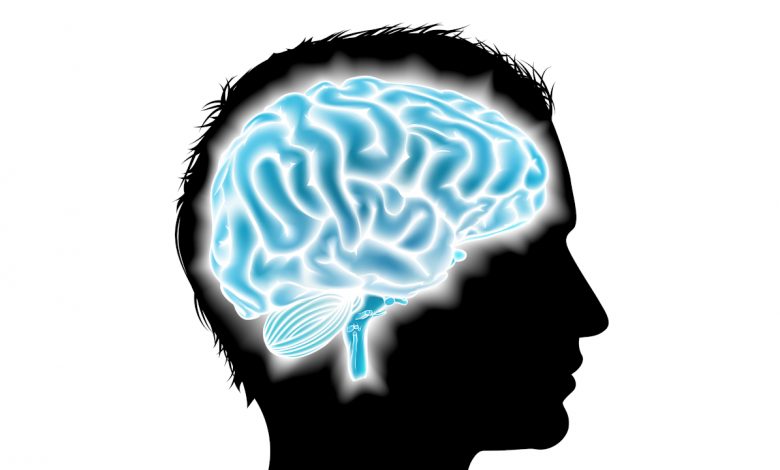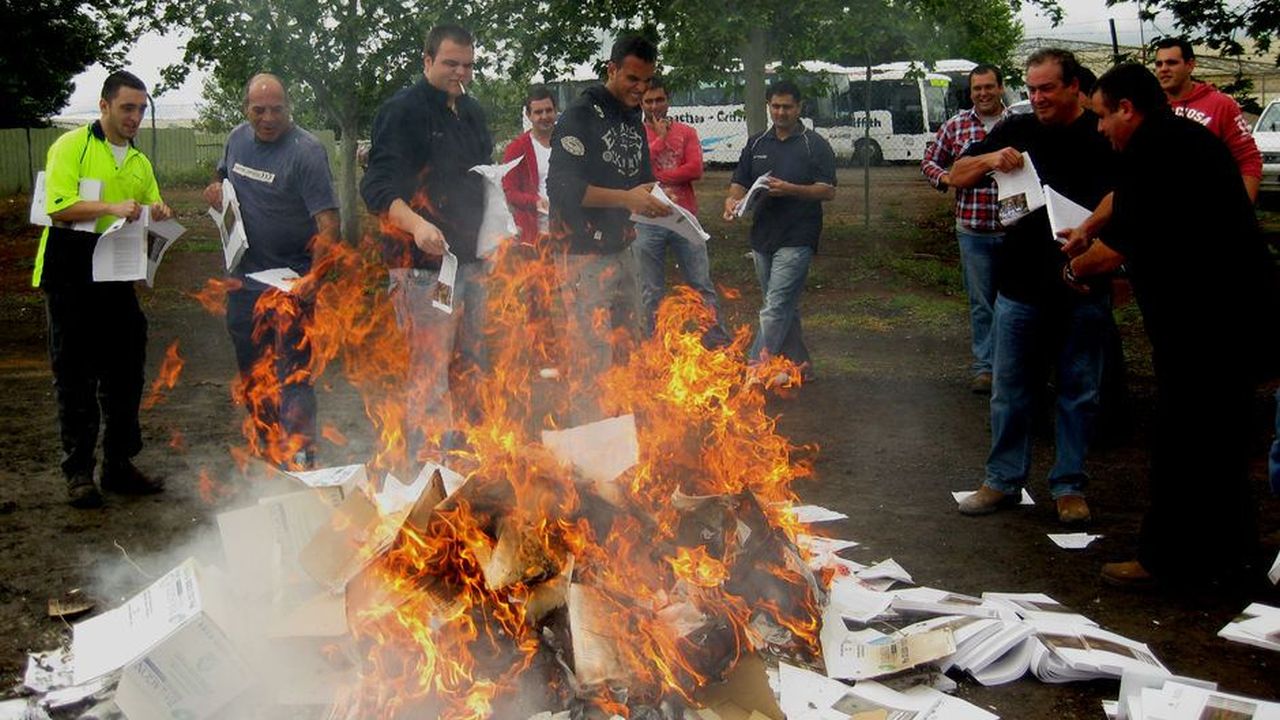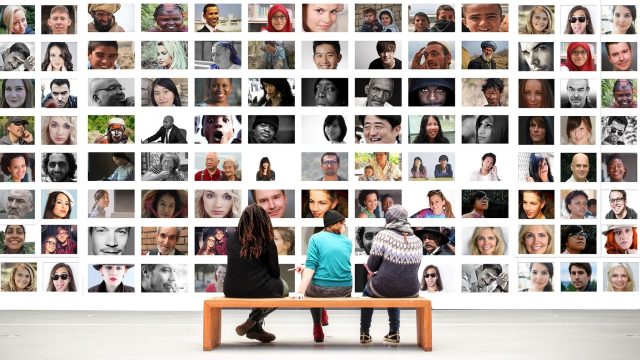
One bias to rule them all [Thinking is hard series]
This article is part of the Thinking is hard series from Buster Benson, offering insights into the cognitive biases that distort our thinking, and exploring related topics such as debate, persuasion, and systems thinking.
Yes, we’re all biased, about pretty much everything, all the time.
In my futile attempts to memorize this list and constantly have primed the various ways my thinking is skewing in some invisible, self-interested, direction, I’ve begun to think of all cognitive biases as different versions of a single bias.
It’s a lot easier to remember, and look out for, a single thing than a hundred things. Of course, it’s not entirely comprehensive, and (kicker) since it is yet another heuristic for simplifying thoughts it is by its very nature part of the problem.
It will generate the exact bias symptoms that it is attempting to describe.
I will attempt to illustrate the heuristic and resulting biases with an example.
Question: What do you want to have for lunch?
How does your brain attempt to answer this question? There are a series of steps and filters your brain will apply.
Step 1: Determine importance of the question. We’ll come back to this.
Step 2: Assuming you think it’s important enough to answer, you query your subconscious for a list of a list of possible options.
- Deli Board
- Off The Grid food trucks
- Chipotle
- Fresh Roll
Your subconscious isn’t going to necessarily choose your answer, but it WILL choose the set of all possible answers.
Step 3: You will iterate through this list and either A) straight out eliminate the option, B) accept the option as is, or C) simulate a future scenario with the option to see how you predict yourself to respond to the option.
3A and 3B will again rely on your subconscious for pre-saved judgements about specific things. If they’re above a certain threshold of positive or negative sentiment and the importance of the question (as determined in step 1) is small enough, you can save time by just eliminating or approving the current option and ending the search. DONE.
3C requires more brain energy and is reserved for questions that exceed a certain level of importance (as determined in step 1) and which for some reason either don’t have strong pre-saved preferences or whose preferences are not yet confidently determined.
An option is either selected from the list or the list is exhausted.
If no options were selected you revisit step 1 and either lower the importance of the question and re-run step 3 (hopefully triggering a pre-saved preference that was missed before) or you return to step 2 and ask for more options with a slightly different criteria.
Repeat until a good enough answer is found.
Back to step 1. This is really a recursive version of the entire process, where you ask your subconscious questions that will assist in determining the importance. For example:
- Is it lunch time?
- Did I answer this question already?
- Did I prepare lunch?
- Which neighborhood am I in?
- Who might I eat with?
- Are there any special considerations about the day of the week, my calendar, etc?
Each of these questions returns zero-to-many options and inform the level of importance, which you then return to the parent query.
Where does bias come in?
At every step.
When you query your subconscious for options to consider, it is required to use every trick in the book to reduce the scope of possibilities in the cheapest manner possible within the constraints of the query’s importance.
Almost every bias we have is about this process of removing options from consideration, invisibly, with little effort.
We receive options and choose somewhat rationally amongst them, but we cannot choose the best option if it’s not in the list to begin with.
This back and forth between our conscious thinking and our subconscious filtering happens with pretty much every thought we ever have.
- What should I do today?
- How should I respond next?
- Should I buy these shoes?
- Is this person worth hiring?
- Do I need a coffee?
The heuristic is a more broadly applicable version of the availability heuristic. The bias is that we can’t consider options that aren’t presented to us from our subconscious.
Review this list again. See how they all fit into this category?
Article source: One Bias to Rule Them All. Reproduced by permission.






